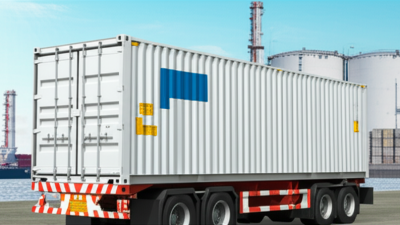- Home
- >
- Knowledge Center
- >
- Blogs
Blogs
Sharing knowledge is key to an innovative and healthy industry! This knowledge center is therefore a central place on our website to share information. Read all about our industry in the blogs below!
Exploring the Features and Applications of Best Iso Tank Containers: A Comprehensive Guide
In today's globalized economy, the demand for efficient and reliable transportation solutions has led to the increased use of Iso Tank Containers, which are essential for shipping liquids in a safe and cost-effective manner. According to a recent market report by Grand View Research, the global Iso Tank Container market is projected to reach USD 3.6 billion by 2025, growing at a CAGR of 5.4%. This growth is driven by the escalating need for bulk liquid transport in industries such as chemicals, food and beverage, and pharmaceuticals. However, finding a high-quality supplier for these specialized containers is crucial to ensure safety, compliance, and cost efficiency. This blog will dive into the features and applications of the best Iso Tank Containers, alongside essential tips for sourcing reliable suppliers in this competitive market.

The Importance of ISO Tank Containers in Modern Shipping Solutions
ISO tank containers have become vital in modern shipping solutions due to their versatility and efficiency. With capacities ranging from below 20,000 liters to above 35,000 liters, these containers cater to various industrial needs. For shipments requiring lower volumes, multi-compartment tanks provide the flexibility to transport different liquids without cross-contamination. In contrast, tanks above 35,000 liters are often designed for bulk transport, making them essential for large-scale operations.
Different types of ISO tanks, such as lined tanks, reefer tanks, and cryogenic tanks, further enhance their applicability across diverse sectors. Lined tanks are ideal for transporting sensitive or corrosive substances, ensuring integrity during transit. Reefer tanks maintain optimal temperatures for perishable goods, while cryogenic tanks are specialized for liquefied gases, supporting industries like healthcare and energy. As the global shipping landscape evolves, the strategic use of ISO tank containers continues to play a crucial role in streamlining logistics and meeting the demands of modern trade.
Exploring the Features and Applications of Best Iso Tank Containers
| Feature | Description | Applications | Capacity (Liters) | Common Uses |
|---|---|---|---|---|
| Durability | Constructed from robust stainless steel | Transporting hazardous and non-hazardous liquids | 20,000 - 24,000 | Chemicals, food products |
| Versatility | Can be used for various types of cargo | Intermodal transport solutions | 10,000 - 30,000 | Liquid foodstuff, oils |
| Safety Features | Equipped with safety valves, pressure relief systems | Transport of dangerous goods | 14,000 - 26,000 | Chemicals, pharmaceuticals |
| ISO Standard Compliance | Manufactured to ISO standards for quality assurance | Global shipping and logistics | 21,000 - 25,000 | Liquid bulk transport |
| Temperature Control | Available in insulated or refrigerated versions | Transport of temperature-sensitive goods | 10,000 - 24,000 | Food products, chemicals |
Key Features That Define the Best ISO Tank Containers for Various Industries
ISO tank containers have become essential in various industries due to their versatility and robust design. The best ISO tank containers are characterized by several key features that cater to the unique needs of different sectors. Firstly, they are constructed from high-quality stainless steel, ensuring durability and resistance to corrosion. This is critical for industries that transport chemicals, food products, or hazardous materials. Additionally, the ability to maintain temperature control and provide insulation is vital for transporting sensitive materials, safeguarding them from external environmental factors.
Another defining feature of top-tier ISO tank containers is their compliance with international safety standards. They are equipped with advanced safety systems to prevent leaks and spills, which is particularly crucial in the chemical and petrochemical industries. As the ISO and ANSI pump market is projected to reach a value of $3.849 billion by 2024, growing at a CAGR of 3.85% to $5.207 billion by 2032, the demand for these high-quality containers is expected to rise. This growth highlights the increasing need for reliable and efficient transportation solutions across various sectors, making the best ISO tank containers a focal point in logistics and supply chain management.
Comparative Analysis of ISO Tank Container Applications Across Sectors
ISO tank containers play a crucial role in various sectors, offering efficient solutions for transporting liquids, gases, and even some solid materials. Their versatility makes them essential in industries such as chemicals, food and beverage, and pharmaceuticals. In the chemical sector, these containers are perfect for transporting hazardous materials, complying with strict regulations while ensuring safety and integrity. The food industry benefits from ISO tanks designed for bulk liquids, such as juices and oils, emphasizing hygiene and quality.
When considering the applications of ISO tank containers, it’s essential to understand the specific requirements of your industry. For instance, using insulated or heated tanks can significantly improve the performance of temperature-sensitive goods. Additionally, companies should evaluate the regulatory standards related to their product to select the right type of ISO tank.
**Tips:** Always inspect ISO tank containers before use, checking for any signs of damage that could compromise safety or quality. When transporting valuable products, consider investing in tracking technology to monitor conditions throughout the shipping process, ensuring the cargo remains in optimal condition.
Comparative Analysis of ISO Tank Container Applications Across Sectors
Cost-Benefit Analysis: Investing in ISO Tank Containers for Your Business
When considering the logistics of transporting liquids, businesses often overlook the long-term benefits of investing in ISO tank containers. A cost-benefit analysis reveals that while initial investments may seem significant, the advantages these containers offer can outweigh the expenses. ISO tank containers are designed for durability, reducing the risk of leaks and spills, which protects both the product and the environment, potentially saving companies from costly clean-up and liability fees.
Moreover, ISO tanks provide superior space efficiency compared to traditional drums or totes. Their standardized dimensions make them easier to stack and transport, optimizing storage and reducing shipping costs. The versatility of these containers allows businesses to handle a variety of liquids—from chemicals to food products—making them a valuable asset in diverse industries. By investing in ISO tank containers, companies can enhance operational efficiency while also preparing for regulatory compliance, ultimately resulting in substantial savings and increased profitability over time.
Regulatory Standards and Safety Protocols for ISO Tank Container Usage
When utilizing ISO tank containers, adherence to regulatory standards and safety protocols is paramount for ensuring the integrity of both the cargo and the environment. Various international organizations, including the International Organization for Standardization (ISO) and the International Maritime Organization (IMO), set forth guidelines that govern the design, construction, and operation of these tanks. Compliance with such standards not only ensures that the containers can safely transport hazardous and non-hazardous materials alike but also protects the health and safety of workers involved in handling these tanks.
In addition to international regulations, users of ISO tank containers must also be aware of national and regional laws that can further dictate safety requirements. These may include specific protocols for loading and unloading, mandatory inspections, and certifications that the tanks must pass before they can be put into service. Establishing comprehensive safety protocols, such as regular maintenance checks and training for personnel on hazard identification and emergency response, enhances the effectiveness of these measures. By prioritizing compliance and safety, companies can mitigate risks while taking full advantage of the benefits that ISO tank containers offer in various applications across industries.
